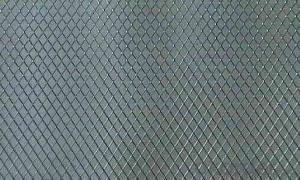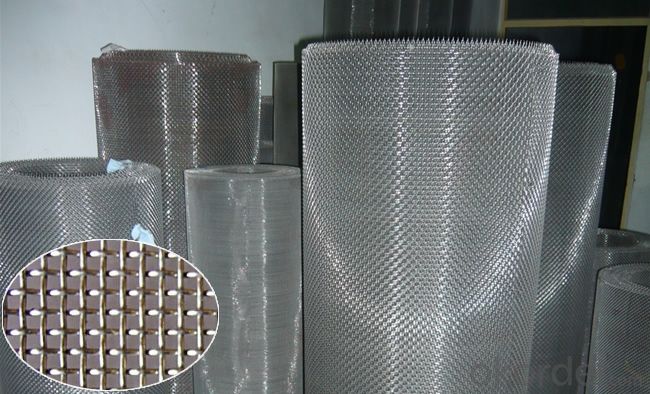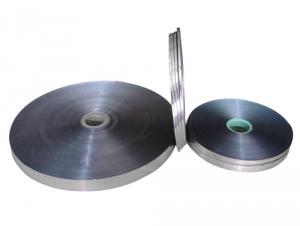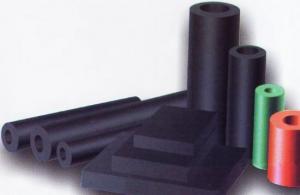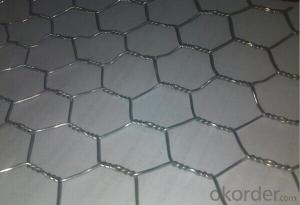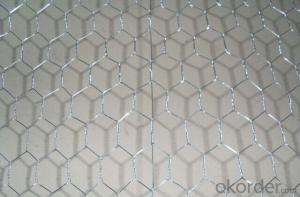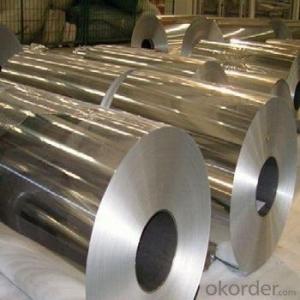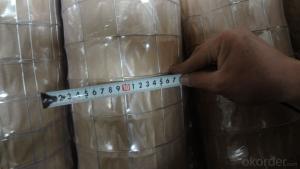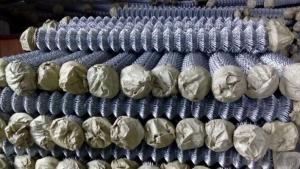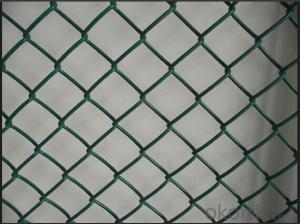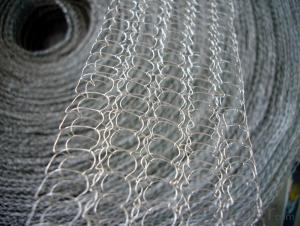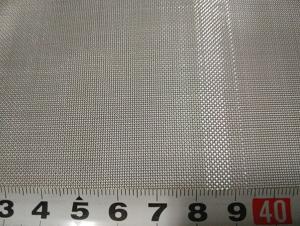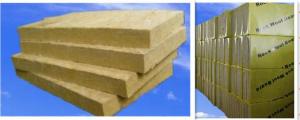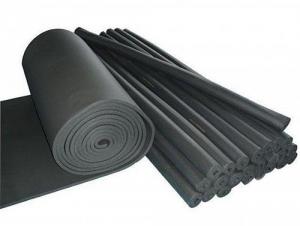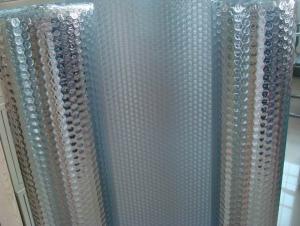Aluminum Foil Facing Stainless Steel Filter Wire Mesh
- Loading Port:
- China Main Port
- Payment Terms:
- TT OR LC
- Min Order Qty:
- -
- Supply Capability:
- -
OKorder Service Pledge
OKorder Financial Service
You Might Also Like
Specifications
wire mesh
1. CE, ISO9001:2008
2. High Quality Low Price
3.Galvanized wire, PVC coated
4.Delivery: 10 days
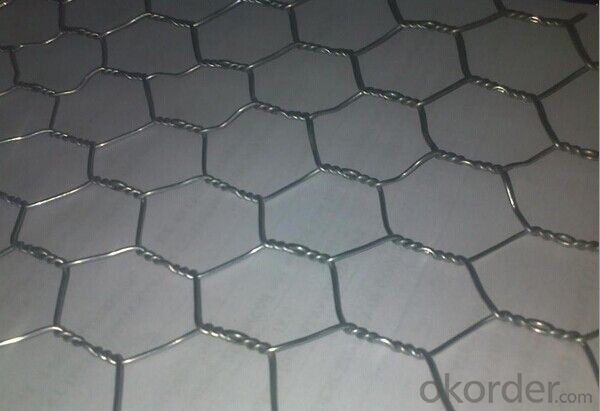
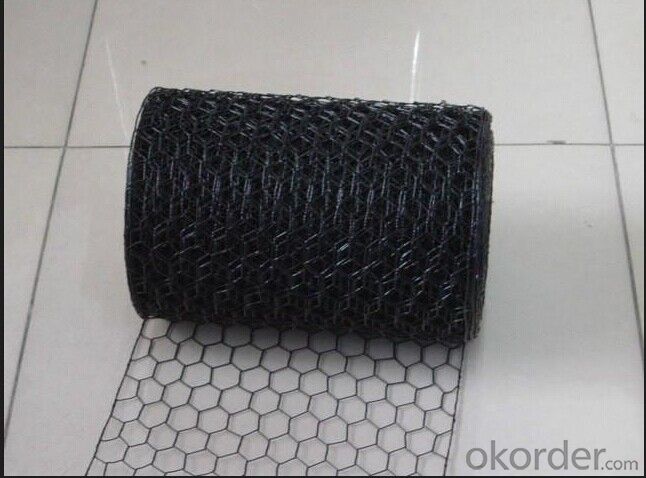
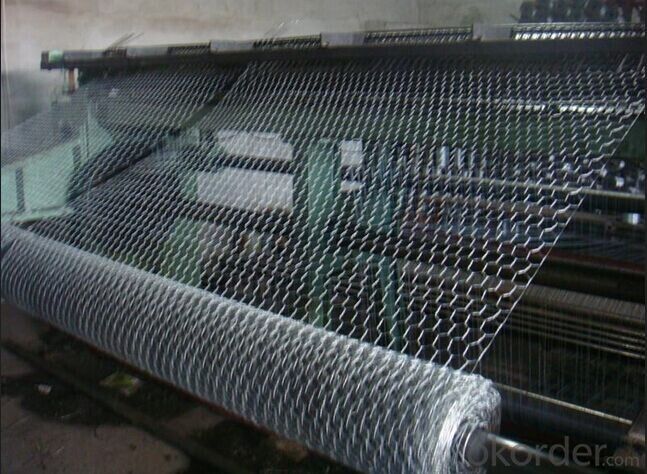
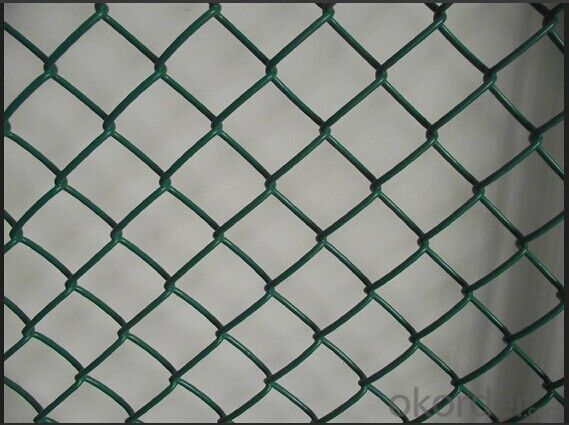
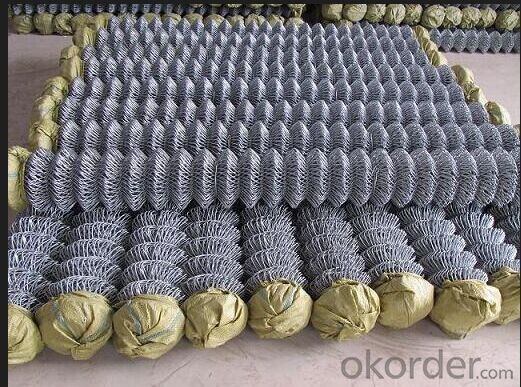
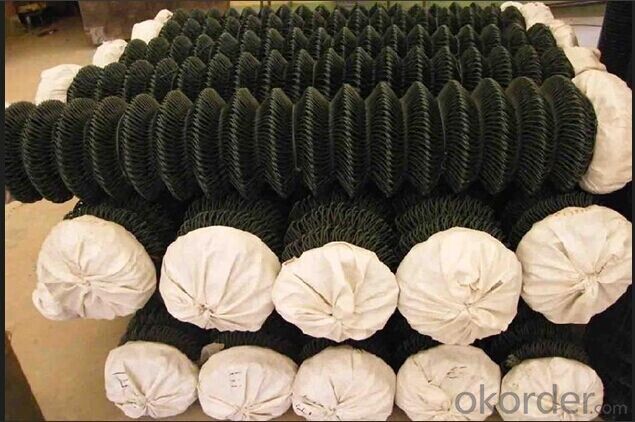
Woven wire mesh
Stainless Steel Wire Mesh:
We produce stainless steel wire mesh from first class stainless steel wire material in SUS/AISI 201 202 302 304 310 310S 316 316L 321 430 etc.
Stainless steel wire mesh with its excellent resistance against acid, alkali, heat and corrosion, find extensively uses in processing of oil, chemical, food, making wire mesh filter, also sorting and screening of solid, liquid and gas in mine, metallurgy, airspace and machine making etc.
Stainless steel wire mesh | ||||||
mesh/inch | wire diameter mm | aperture mm |
| mesh/inch | wire diameter mm | aperture mm |
2mesh | 1.80 | 10.90 | 60mesh | 0.15 | 0.273 | |
3mesh | 1.60 | 6.866 | 70mesh | 0.14 | 0.223 | |
4mesh | 1.20 | 5.15 | 80mesh | 0.12 | 0.198 | |
5mesh | 0.91 | 4.17 | 90mesh | 0.11 | 0.172 | |
6mesh | 0.80 | 3.433 | 100mesh | 0.10 | 0.154 | |
8mesh | 0.60 | 2.575 | 120mesh | 0.08 | 0.132 | |
10mesh | 0.55 | 1.990 | 140mesh | 0.07 | 0.111 | |
12mesh | 0.50 | 1.616 | 150mesh | 0.065 | 0.104 | |
14mesh | 0.45 | 1.362 | 160mesh | 0.065 | 0.094 | |
16mesh | 0.40 | 1.188 | 180mesh | 0.053 | 0.088 | |
18mesh | 0.35 | 1.060 | 200mesh | 0.053 | 0.074 | |
20mesh | 0.30 | 0.970 | 250mesh | 0.04 | 0.061 | |
26mesh | 0.28 | 0.696 | 300mesh | 0.035 | 0.049 | |
30mesh | 0.25 | 0.596 | 325mesh | 0.03 | 0.048 | |
40mesh | 0.21 | 0.425 | 350mesh | 0.03 | 0.042 | |
50mesh | 0.19 | 0.318 | 400mesh | 0.025 | 0.0385 | |
Width of Stainless Steel Wire Mesh: 0.6m-1.5m | ||||||
Welded Wire Mesh
Reinforcing Mesh Panel Description:
1. Reinforcing Mesh Panel also named Welded Steel Bar panel or Heavy welded wire mesh panel.
2. Wire diameter of Weded Steel Bar Panel: 5mm -16mm
3. The opening of Welded Steel Bar Panel: 75mm-300mm
4. Reinforcing Mesh Panel length: 1m - 12m
5. Reinforcing Mesh Panel width: 100cm-240cm
6. Reinforcing Mesh Panel, Wire profile: Smooth profile, or ribbed profiile.
7. Reinforcing Mesh Panel, type of material: Q235
8. Reinforcing Mesh Panel Standard size: 2.4m x 6m
9. Australian Standard: SL72,SL82.
- Q: Is it possible to replace plastic wrap with aluminum foil for food storage or packaging purposes?
- <p>While aluminum foil facing can be used in some instances for food storage or packaging, it is not a direct substitute for plastic wrap. Aluminum foil is more durable and heat resistant, making it suitable for covering dishes or wrapping food for cooking or freezing. However, it is not as clingy or airtight as plastic wrap, which can be crucial for preserving freshness and preventing cross-contamination. Additionally, aluminum foil is not microwave-safe, unlike plastic wrap, which can limit its use in certain food storage applications. For best results, use the appropriate material based on the specific needs of food storage or packaging.</p>
- Q: The user is asking if they can reuse their old aluminum foil facing to create new ones once it becomes worn out.
- <p>No, you cannot create new aluminum foil facings from old, worn-out ones. Aluminum foil facings are typically made from a specific type of aluminum that is bonded to a substrate. Once it wears out, the aluminum layer is compromised and cannot be reused to make new facings. Recycling old aluminum foil is the best option to reduce waste and conserve resources. You can recycle aluminum foil, which will then be processed and turned into new aluminum products.</p>
- Q: Can aluminum foil facing be used to create a thicker pizza crust compared to standard crusts?
- <p>Yes, you can use aluminum foil facing to make a thicker pizza crust. The foil provides a solid surface to prevent the dough from spreading too thin. To achieve a thicker crust, roll out your dough to your desired thickness and place it on the foil. Make sure the edges are thicker than the center for a traditional pizza crust look. Pre-bake the crust if necessary to set its shape before adding toppings.</p>
- Q: Is it possible to use aluminum foil with a shiny side facing up to line a baking sheet for the purpose of facilitating easier cleanup?
- <p>Yes, you can use aluminum foil facing to line a baking sheet for easier cleanup. The shiny side of the aluminum foil is often smoother, which can help prevent food from sticking and make it easier to slide food off the sheet. Additionally, it can catch spills and drips, reducing the mess on the baking sheet itself. However, it's important to ensure that the foil is properly secured to prevent it from sliding around or causing uneven heating.</p>
- Q: Is it safe to use aluminum foil with a reflective side to wrap vegetables or fruits?
- <p>Yes, you can use aluminum foil facing to wrap vegetables or fruits. Aluminum foil is a versatile kitchen tool known for its heat conductivity and non-stick properties. The shiny side of the foil, often referred to as the 'facing', is safe for food contact and does not release harmful substances when used properly. It's commonly used to wrap foods for cooking, preserving freshness, or for storage. However, it's important to ensure that the foil does not tear or come into direct contact with the heat source as it could lead to burning or melting, which is not safe. Always follow the manufacturer's guidelines for safe usage.</p>
- Q: What are the methods to stop the aluminum foil from curling at the edges while cooking?
- <p>To prevent the edges of aluminum foil from curling up during cooking, you can dampen the edges with a little water or cooking oil. This helps to weigh down the foil and keep it flat. Additionally, you can fold the edges inward to create a small rim, which can help contain the food and prevent the foil from lifting. Another method is to use a heavier object, such as a ceramic dish or a small pan, to press down on the foil, keeping it in place. Ensure that the object is heat-resistant and won't react with the foil. These techniques can help maintain the integrity of your foil and keep it from curling up during the cooking process.</p>
- Q: Is it possible to use aluminum foil as a replacement for tin foil in cooking and food preservation?
- <p>While aluminum foil and tin foil are both used for cooking and food storage, they have different properties. Aluminum foil is commonly used for its heat conductivity and is suitable for most cooking and wrapping needs. However, tin foil, which is actually a thin sheet of aluminum coated with a thin layer of tin, is less reactive and can be better for certain applications, especially when preserving the taste and aroma of food. It's generally safe to use aluminum foil as a substitute, but it might not offer the same non-reactive properties as tin foil in all cases. Always ensure that the aluminum foil is food-grade and avoid using it with acidic foods, as this can cause the aluminum to leach into the food.</p>
- Q: What are the primary applications or purposes of aluminum foil facing in various industries or everyday life?
- <p>Aluminum foil facing is primarily used for its heat reflective properties, making it ideal for insulation in construction and roofing. It also serves as a moisture barrier and vapor barrier in walls and ceilings, helping to prevent mold and mildew. In the HVAC industry, it's used for duct insulation, enhancing energy efficiency. Additionally, it's utilized in packaging for food and pharmaceuticals to protect contents from light, air, and moisture, thus preserving freshness and quality.</p>
- Q: What are the potential health hazards related to using paper plates in comparison to aluminum foil facing?
- <p>There are generally no significant health risks associated with using paper plates instead of aluminum foil facing. Paper plates are made from food-grade materials and are designed to be safe for contact with food. However, it's important to ensure that the paper plates are free from any harmful chemicals or dyes, and are not contaminated during production or storage. Aluminum foil facing, when used properly, is also safe, but it can leach aluminum into food if heated excessively or used with acidic foods. Both options are generally considered safe, but it's always best to use products from reputable manufacturers and follow usage guidelines.</p>
- Q: Is it possible to use aluminum foil with a shiny side as a non-stick surface for cooking purposes?
- <p>Yes, you can use aluminum foil facing as a non-stick surface for cooking. The shiny side of aluminum foil is often used to create a non-stick surface, which can be helpful when grilling or baking to prevent food from sticking to the pan or grill. However, it's important to use it properly to avoid any potential health risks. Ensure that the foil doesn't touch the heat source directly for extended periods, as this can cause the foil to break down and release aluminum into the food. It's also recommended to use heavy-duty aluminum foil for cooking to ensure it can withstand higher temperatures without puncturing or melting.</p>
Send your message to us
Aluminum Foil Facing Stainless Steel Filter Wire Mesh
- Loading Port:
- China Main Port
- Payment Terms:
- TT OR LC
- Min Order Qty:
- -
- Supply Capability:
- -
OKorder Service Pledge
OKorder Financial Service
Similar products
Hot products
Hot Searches
Related keywords
